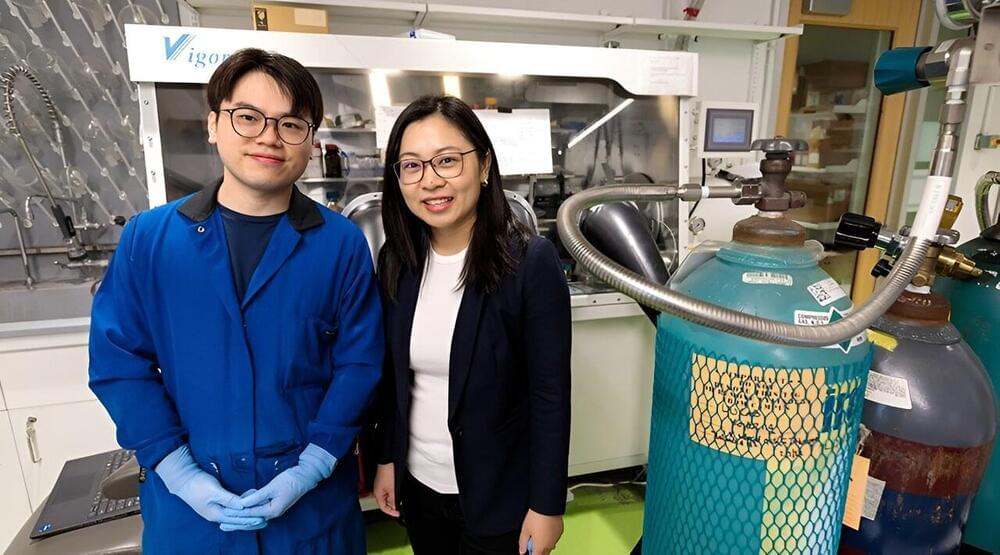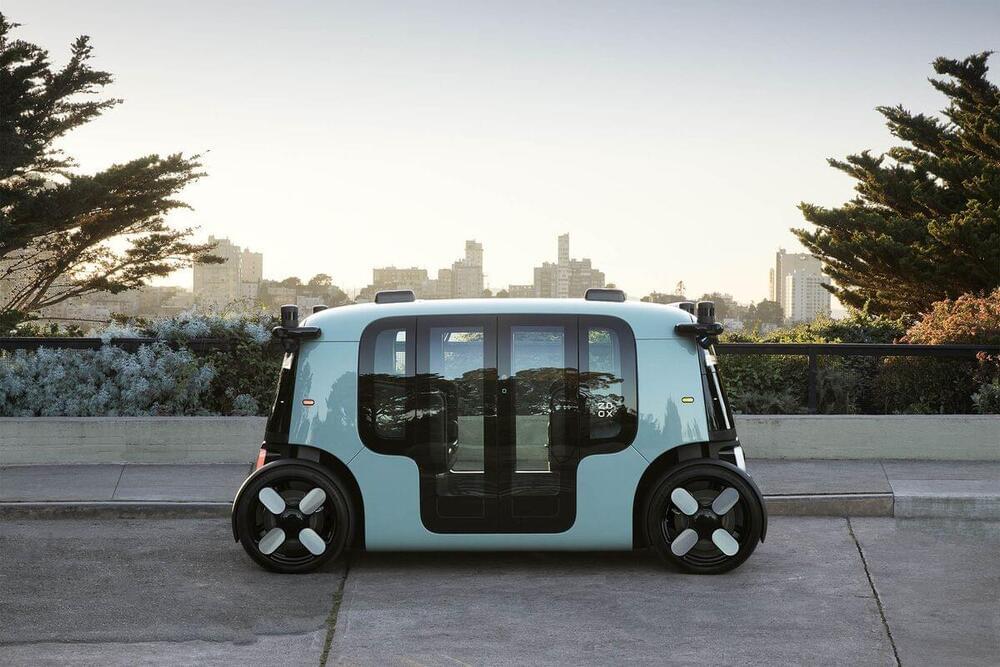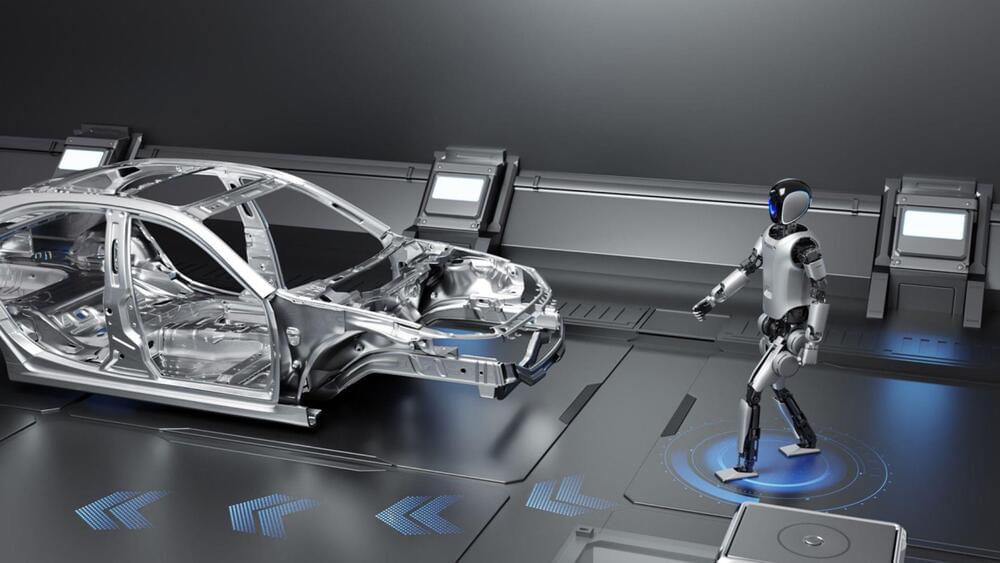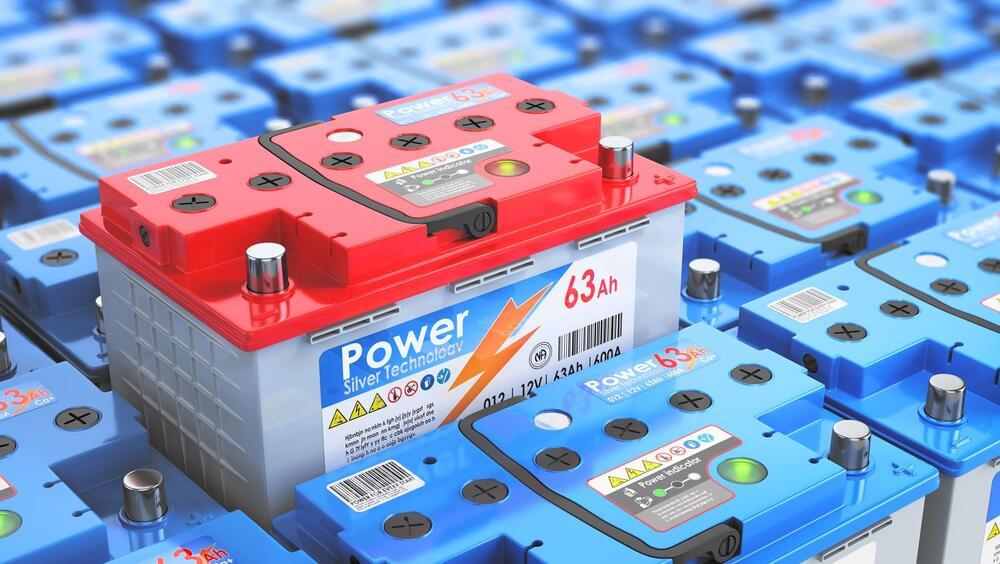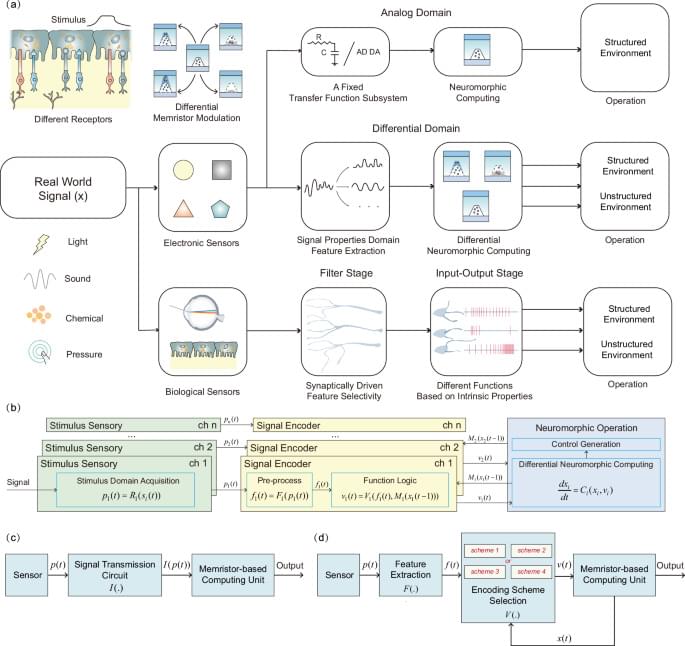As the electric vehicle market booms, the demand for lithium—the mineral required for lithium-ion batteries—has also soared. Global lithium production has more than tripled in the last decade. But current methods of extracting lithium from rock ores or brines are slow and come with high energy demands and environmental costs. They also require sources of lithium which are incredibly concentrated to begin with and are only found in a few countries.
Category: transportation – Page 34
Prominent investor Ron Baron has come out in support of Tesla CEO Elon Musk’s $56 billion pay package, which is up for a shareholder vote next week, according to an open letter from the Baron Capital founder on Tuesday.
Chinese state-owned automaker Dongfeng Motor is partnering with robotics firm UBTech to introduce the latter’s humanoid into its manufacturing process.
The industrial version of the Walker S humanoid robot from Ubtech will be used on the production line of Dongfeng Motor to carry out various manufacturing duties.
According to reports, it will involve conducting safety belt inspection, door lock testing, body quality checks, oil filling, and label application. The robot will integrate with traditional automated machinery to handle complex scenarios in unmanned manufacturing.
Google has accidentally collected childrens’ voice data, leaked the trips and home addresses of car pool users, and made YouTube recommendations based on users’ deleted watch history, among thousands of other employee-reported privacy incidents, according to a copy of an internal Google database which tracks six years worth of potential privacy and security issues obtained by 404 Media.
Individually the incidents, most of which have not been previously publicly reported, may only each impact a relatively small number of people, or were fixed quickly. Taken as a whole, though, the internal database shows how one of the most powerful and important companies in the world manages, and often mismanages, a staggering amount of personal, sensitive data on people’s lives.
The data obtained by 404 Media includes privacy and security issues that Google’s own employees reported internally. These include issues with Google’s own products or data collection practices; vulnerabilities in third party vendors that Google uses; or mistakes made by Google staff, contractors, or other people that have impacted Google systems or data. The incidents include everything from a single errant email containing some PII, through to substantial leaks of data, right up to impending raids on Google offices. When reporting an incident, employees give the incident a priority rating, P0 being the highest, P1 being a step below that. The database contains thousands of reports over the course of six years, from 2013 to 2018.
Spanish scientists are working on an internal combustion engine that does not pollute the environment. Will the new technology change the future of emission-free transport, which until now has been associated with electrification? Two prototypes will soon be presented.
Until recently, it seemed that combustion vehicles, alongside EVs and vehicles that use biofuels, were not participating in the ongoing ‘race’ for sustainable transport. But this has changed, thanks to Spanish scientists from the Technical University of Valencia (Universitat Politècnica de València, UPV) who are working on an emission-free internal combustion engine.
The Spanish scientists have designed a ‘revolutionary’ internal combustion unit that does not generate gases that are harmful to health or carbon dioxide (CO2), and which also stands out for its high efficiency and complies with the emission regulations planned for 2040. According to the Valencian Innovation Agency, which co-financed the project, the first two prototype engines will come to light in the coming months.
Utilizing distributed self-driving lab technology, the University of Toronto’s Acceleration Consortium rapidly identified 21 high-performing organic solid-state lasers (OSL) materials, marking a significant advance in molecular optoelectronics and paving the way for future materials discovery. (Artist’s concept). Credit: SciTechDaily.com.
Organic solid-state lasers (OSLs) offer significant potential for various applications thanks to their flexibility, color adjustability, and high efficiency. Nevertheless, they are challenging to produce. With the need for potentially over 150,000 experiments to identify viable new materials, fully exploring this space could take many lifetimes. In fact, in the previous few decades, only 10–20 new OSL materials have been tested.
Researchers with the Acceleration Consortium based at the University of Toronto, took up this challenge and used self-driving lab (SDL) technology that, once set up, enabled them to synthesize and test over 1,000 potential OSL materials and discover at least 21 top performing OSL gain candidates in a matter of months.
An Israeli startup has developed a way to make lead acid batteries last four times longer, disrupting a multi-billion-dollar industry and potentially making them the rechargeable – and recyclable – energy storage method of choice around the world.
Lead acid is the second most common battery technology worldwide and the power cells are currently used as the starter batteries in cars, trucks and motorcycles.
The batteries have a positive plate made of lead dioxide on one end, and a spongy lead negative plate on the other end, with sulfuric acid flowing between them both to conduct the electricity.
Differential neuromorphic computing, as a memristor-assisted perception method, holds the potential to enhance subsequent decision-making and control processes. Compared with conventional technologies, both the PID control approach and the proposed differential neuromorphic computing share a fundamental principle of smartly adjusting outputs in response to feedback, they diverge significantly in the data manipulation process (Supplementary Discussion 12 and Fig. S26); our method leverages the nonlinear characteristics of the memristor and a dynamic selection scheme to execute more complex data manipulation than linear coefficient-based error correction in PID. Additionally, the intrinsic memory function of memristors in our system enables real-time adaptation to changing environments. This represents a significant advantage compared to the static parameter configuration of PID systems. To perform similar adaptive control functions in tactile experiments, the von Neumann architecture follows a multi-step process involving several data movements: 1. Input data about the piezoresistive film state is transferred to the system memory via an I/O interface. 2. This sensory data is then moved from the memory to the cache. 3. Subsequently, it is forwarded to the Arithmetic Logic Unit (ALU) and waits for processing.4. Historical tactile information is also transferred from the memory to the cache unless it is already present. 5. This historical data is forwarded to the ALU. 6. ALU calculates the current sensory and historical data and returns the updated historical data to the cache. In contrast, our memristor-based approach simplifies this process, reducing it to three primary steps: 1. ADC reads data from the piezoresistive film. 2. ADC reads the current state of the memristor, which represents the historical tactile stimuli. 3. DAC, controlled by FPGA logic, updates the memristor state based on the inputs. This process reduces the costs of operation and enhances data processing efficiency.
In real-world settings, robotic tactile systems are required to elaborate large amounts of tactile data and respond as quickly as possible, taking less than 100 ms, similar to human tactile systems58,59. The current state-of-the-art robotics tactile technologies are capable of elaborating sudden changes in force, such as slip detection, at millisecond levels (from 500 μs to 50 ms)59,60,61,62, and the response time of our tactile system has also reached this detection level. For the visual processing, suppose a vehicle travels 40 km per hour in an urban area and wants control effective for every 1 m. In that case, the requirement translates a maximum allowable response time of 90 ms for the entire processing pipeline, which includes sensors, operating systems, middleware, and applications such as object detection, prediction, and vehicle control63,64. When incorporating our proposed memristor-assisted method with conventional camera systems, the additional time delay includes the delay from filter circuits (less than 1 ms) and the switching time for the memristor device, which ranges from nanoseconds (ns) to even picoseconds (ps)21,65,66,67. Compared to the required overall response time of the pipeline, these additions are negligible, demonstrating the potential of our method application in real-world driving scenarios68. Although our memristor-based perception method meets the response time requirement for described scenarios, our approach faces several challenges that need to be addressed for real-world applications. Apart from the common issues such as variability in device performance and the nonlinear dynamics of memristive responses, our approach needs to overcome the following challenges:
Currently, the modulation voltage applied to memristors is preset based on the external sensory feature, and the control algorithm is based on hard threshold comparison. This setting lacks the flexibility required for diverse real-world environments where sensory inputs and required responses can vary significantly. Therefore, it is crucial to develop a more automatic memristive modulation method along with a control algorithm that can dynamically adjust based on varying application scenarios.
NASA ’s X-59 quiet supersonic aircraft project has reached a critical milestone with the completion of the Flight Readiness Review, paving the way for future flight testing.
NASA has advanced the airworthiness verification of its quiet supersonic X-59 aircraft with the completion of a milestone review that will allow it to progress toward flight.
An independent Flight Readiness Review board comprising experts from throughout NASA has concluded a detailed evaluation of the X-59 project team’s safety strategies for the public and staff during both ground and flight testing. The board meticulously examined the team’s assessment of potential hazards, focusing on safety and risk identification.
